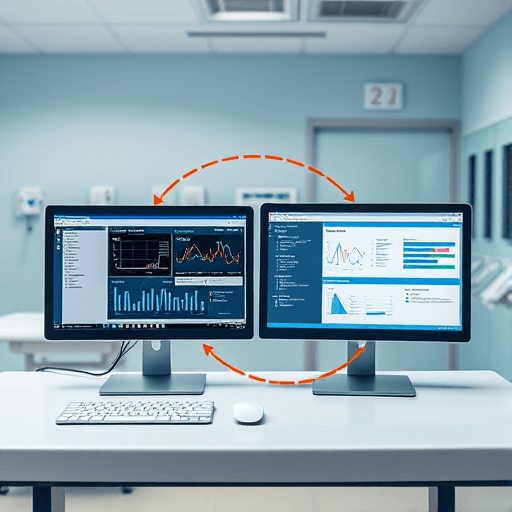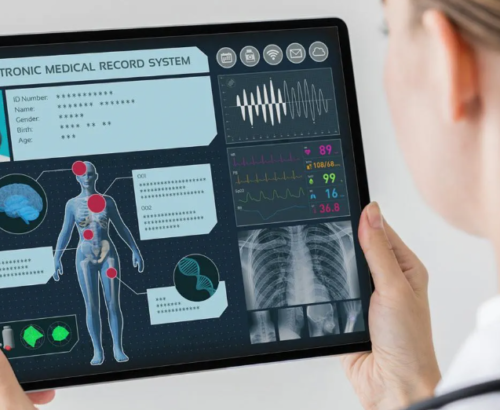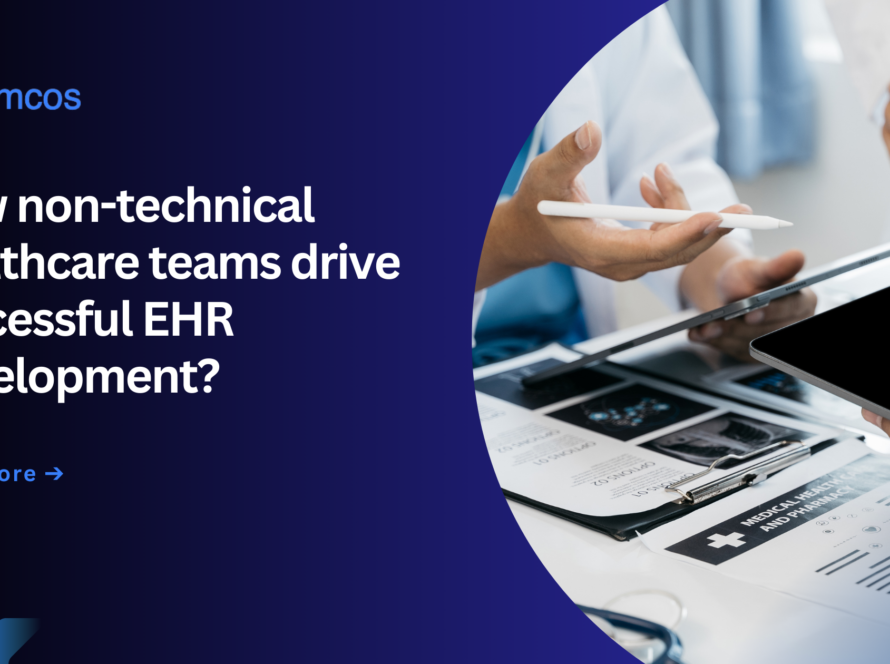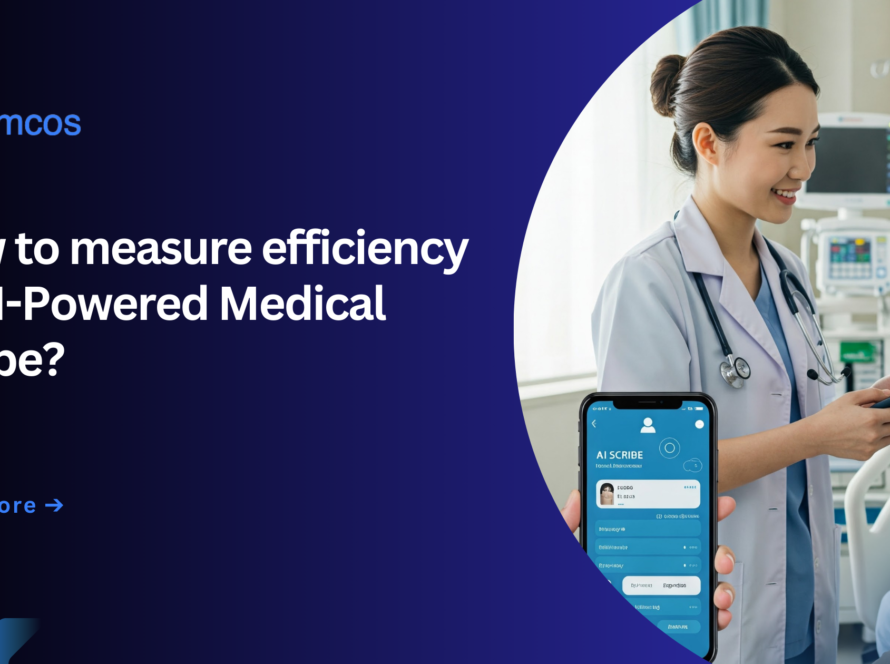Efficient workflows are the backbone of successful patient care and organizational operations. Healthcare workflows are systematized processes that coordinate tasks, information and decisions across the healthcare continuum. They define how work gets done, who does it, and when it happens, ultimately determining the quality, safety and efficiency of healthcare delivery. This blog explores the three primary categories of healthcare workflows – clinical, administrative and inter-organizational to examine how each contributes to the healthcare ecosystem and how they interconnect to deliver comprehensive patient care.
Table of Contents
Clinical Workflows
Clinical workflows encompass all processes directly related to patient care delivery and management. These structured sequences of tasks, decisions and information exchanges are performed by clinical staff to assess, diagnose, treat and monitor patients. Clinical workflows incorporate evidence-based practices, clinical decision support, documentation requirements and care team communication.
They follow patients from initial presentation through diagnosis, treatment, and follow-up, ensuring appropriate care delivery at each step. Well-designed clinical workflows reduce cognitive burden on providers, minimize errors, standardize best practices to improve patient outcomes and maximize resource utilization across the healthcare organization. It covers –

1. Patient Admission and Discharge
Patient admission healthcare workflows begin the moment a patient arrives, setting off key clinical and administrative steps. Staff assess the patient, document details in the EHR, and assign resources. This includes bed placement, notifying care teams, and medication reconciliation. For inpatients, it also involves room preparation, orientation, and initial care planning. Efficient workflows reduce delays and ensure seamless care.Discharge workflows start early, ensuring a smooth transition from hospital to home or another facility. This includes medication reconciliation, prescriptions, follow-up scheduling, and caregiver education. Well-structured discharge planning prevents readmissions, supports patient recovery, and ensures ongoing care coordination.
2. Electronic Health Record (EHR) Management
EHR management streamlines how patient records are created, updated and shared across healthcare teams. Standardized workflows ensure accurate documentation, smooth information exchange and built-in clinical decision support. Providers use structured templates, voice recognition, and smart phrases to capture histories, exams, and treatment plans efficiently.
Automated verification steps improve accuracy while minimizing repetitive data entry. Order entry workflows help clinicians request tests, medications, and referrals while preventing duplicate orders or contraindications. Integrated alerts and tracking features ensure timely follow-ups. Well-structured EHR workflows improve efficiency, reduce errors, support compliance, and allow providers to focus more on patient care than documentation.
3. Staff and Clinician Onboarding Made Simple
Bringing new healthcare staff on board requires a structured process to ensure smooth integration into clinical workflows. This includes credential verification, system access setup, facility orientation and clinical training. A well-planned onboarding workflow assigns mentors, validates competencies and makes sure that new staff understand regulatory requirements like background checks and immunization protocols. Effective onboarding reduces delays, lowers early turnover, and ensures patient safety by confirming skills before independent practice.Credentialing workflows verify a provider’s qualifications by checking education, training, licensure, and past practice history through national databases and peer reviews. These steps ensure that only qualified professionals treat patients while maintaining compliance with accreditation standards.
4. Diagnosis Workflows
Diagnostic healthcare workflows help clinicians systematically identify patient conditions by following a structured approach. They start with assessing the chief complaint, gathering history, performing physical exams, and developing differential diagnoses. These workflows guide test selection, interpretation, and decision-making, ensuring timely specialist involvement and treatment escalation when needed.
By integrating evidence-based tools and clinical decision support, they improve accuracy and reduce errors. Effective healthcare workflows prevent misdiagnoses, minimize unnecessary tests, and ensure clear documentation for continuity of care. They also streamline initial assessments, optimize diagnostic testing, and prioritize efficiency while maintaining patient safety, ultimately improving healthcare outcomes and reducing delays in treatment.
5. Medication Management
Medication management covers the entire process of handling medications, from selection to administration and monitoring. It ensures safe prescribing, pharmacy verification, secure distribution, and ongoing monitoring for effectiveness and side effects. Safety measures include allergy screening, dose calculations, and interaction checks, with extra precautions for high-risk drugs.
Medication ordering workflows guide prescribers in selecting the right drug based on diagnosis, patient history, and clinical guidelines. They use decision support tools to flag interactions, ensure accuracy, and streamline communication with pharmacists.
Medication administration healthcare workflows standardize drug delivery using barcode scanning, double-checks for high-risk drugs, and precise timing protocols to prevent errors and improve patient safety.
Administrative Workflows
Administrative workflows comprise the business and operational processes that support clinical care delivery in healthcare organizations. These structured sequences manage non-clinical functions including patient registration, scheduling, billing, coding, claims processing, and records management. Administrative workflows ensure accurate data collection, regulatory compliance, and financial sustainability while minimizing administrative burden on clinical staff.
They coordinate information flow between patients, providers, payers, and regulatory agencies throughout the care encounter. Well-designed administrative workflows optimize resource utilization, reduce redundant tasks, minimize delays in care delivery, and create a seamless experience for patients navigating the healthcare system while supporting the organization’s financial and compliance objectives. It includes :

1. Patient Registration
Patient registration is the first step in a healthcare visit. It involves collecting personal details, insurance information, and consent forms while verifying identity and eligibility. A smooth registration process ensures accurate records, prevents duplicate entries, and minimizes patient wait times. It also sets up billing and ensures compliance with legal requirements. By streamlining these healthcare workflows with digital tools, healthcare facilities improve efficiency, reduce administrative burdens, and enhance the patient experience. A well-organized registration process supports accurate medical documentation and smooth coordination across different departments.
2. Appointment Scheduling
Efficient appointment scheduling ensures patients receive timely care while optimizing provider availability. It involves selecting the right provider based on the patient’s condition, balancing workloads, and handling cancellations effectively. Automation and triage protocols help prioritize urgent cases while reducing appointment gaps. Proper scheduling minimizes wait times, improves patient satisfaction, and reduces administrative workload. Integrating reminders also reduces no-shows, ensuring clinics operate smoothly. By using intelligent scheduling tools, healthcare providers can enhance efficiency and deliver better patient care without overburdening staff.
3. Insurance Verification and Authorization
Confirming insurance coverage before treatment prevents billing issues and claim denials. Verification involves checking eligibility, benefits, and pre-authorization requirements through insurer portals or direct communication. Clear documentation of coverage details ensures patients understand financial responsibilities upfront. Pre-authorization healthcare workflows track approvals for specific treatments, preventing unnecessary delays. A structured verification system reduces unexpected costs for both providers and patients, improves billing accuracy, and ensures compliance with payer requirements. Strengthening these workflows helps healthcare facilities reduce financial risk and improve patient trust in the billing process.
4. Billing and Claims Management
Billing workflows convert medical services into claims for payment. This process includes charge capture, coding, claim submission, and payment reconciliation. Automated billing checks reduce errors and prevent delays caused by missing information. A well-managed claims process maximizes reimbursement, minimizes denials, and ensures transparency in patient billing. Claims denial management is crucial—tracking patterns in denied claims helps identify recurring issues and improve future claim accuracy. Effective billing systems streamline revenue cycles, improve cash flow, and enhance financial sustainability in healthcare organizations.
Inter-organizational Workflows
Inter-organizational workflows coordinate patient care and information exchange across different healthcare entities and care settings. These structured processes manage transitions between organizations, facilitate information sharing and continuity as patients move through the healthcare ecosystem. Inter-organizational workflows establish standardized communication protocols, data exchange mechanisms and responsibility transfers between separate facilities, providers, and systems.
They cross traditional organizational boundaries to create seamless care experiences despite fragmented delivery systems. Well-designed inter-organizational healthcare workflows prevent information loss during transitions, reduce care delays, minimize duplication of services with appropriate follow-up and ultimately improve patient outcomes by creating coordinated care experiences across the continuum regardless of organizational boundaries.
1. Referral Management
Referral management ensures smooth coordination when a patient needs specialized care. It starts with identifying the need for a referral and continues through scheduling, consultation, and follow-up with the original provider. A well-structured workflow standardizes communication, tracks referral status, and ensures urgent cases are prioritized. It also improves documentation and accountability at each step, reducing delays. By streamlining information exchange, referral workflows help specialists make informed decisions and ensure the referring provider receives feedback, improving patient outcomes and continuity of care.
2. Patient Transfer Between Facilities
Patient transfers between hospitals, nursing homes, or rehab centers require careful coordination to maintain patient stability and prevent delays. The process includes assessing patient needs, securing a receiving facility, arranging transport, and ensuring complete medical record transfer. Standardized workflows help determine transport urgency, assign responsibilities, and track the transfer’s progress. These workflows also minimize disruptions by ensuring proper handoffs between providers, reducing miscommunication risks. By streamlining logistics and maintaining clear documentation, healthcare systems can prevent delays, improve care quality, and ensure critically ill patients receive timely, appropriate care.
3. Health Information Exchange (HIE)
Health Information Exchange (HIE) enables different healthcare providers to securely share patient data across organizations. It ensures that essential medical records, test results, and treatment histories are available where needed, reducing duplicate tests and improving care decisions. HIE workflows include verifying patient identity, managing consent, and maintaining privacy while facilitating seamless data exchange. They also help integrate external information into existing records, ensuring continuity of care. When properly implemented, HIE improves coordination among providers, enhances efficiency, and ensures that patients receive well-informed, data-driven treatment.
4. Care Network Collaboration
Care network collaboration connects multiple healthcare providers to coordinate patient care more effectively. These workflows create shared communication channels, align care planning, and track patient progress across different organizations. They also incorporate community-based services, such as food assistance or transportation, to address social determinants of health. By reducing care fragmentation and improving coordination, collaboration workflows prevent unnecessary treatments, ensure appropriate use of network resources, and enhance patient outcomes. A well-designed system fosters accountability, ensuring every provider involved contributes to comprehensive, patient-centered care.

How is himcos a perfect partner for healthcare workflow software development?
Himcos builds cloud-native, AI-powered software solutions to transform clinical and financial data into actionable insights. Himcos’ healthcare workflow development services bridge cross-module healthcare data to eliminate silos and bottlenecks for unified patient journey. Having planned workflows in your software prevents team burnout and improves productivity.



